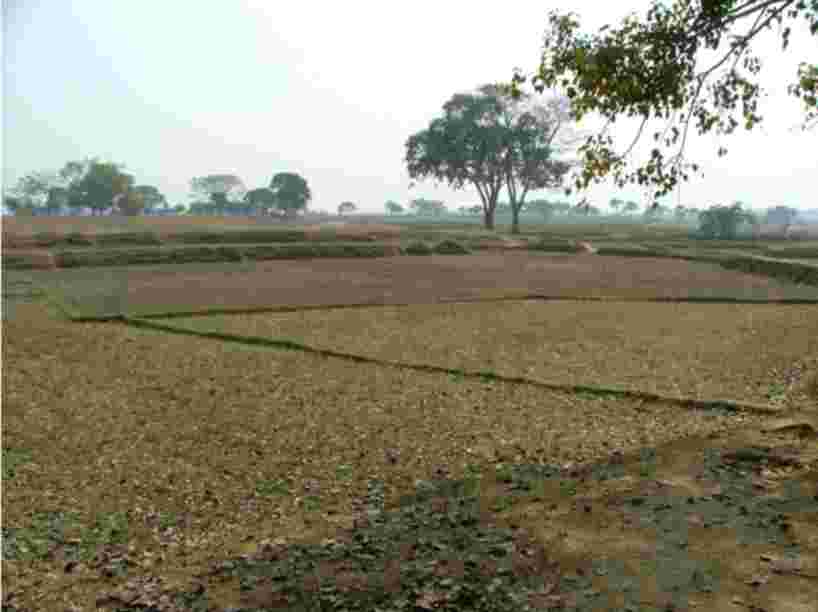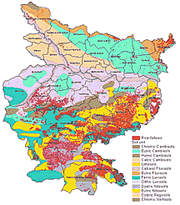REPLACING RICE FALLOWS
 Rice
is the most extensively grown crop in South Asia, occupying nearly 50 million
ha. Much of it is grown in the kharif (rainy) season. A substantial part of
this area remains fallow during the rabi (post rainy) season because of several
limitations, the prime one being limited availability of soil moisture. Precise
estimates of such rice-fallows and their spatial distribution are not available.
Rice
is the most extensively grown crop in South Asia, occupying nearly 50 million
ha. Much of it is grown in the kharif (rainy) season. A substantial part of
this area remains fallow during the rabi (post rainy) season because of several
limitations, the prime one being limited availability of soil moisture. Precise
estimates of such rice-fallows and their spatial distribution are not available.
Since rice is grown on some of the most productive lands of this region, there is substantial scope to increase cropping intensity by introducing a second crop during the rabi season.
 A
review of existing technologies indicates that it is possible to productively
cultivate legumes in most of these identified rice-fallows. An economic analysis
has shown that growing legumes in rice-fallows is profitable for the farmers
with a benefit-cost ratio exceeding 3.0 for many legumes. Also, utilizing
rice-fallows for legume production could result in the generation of 584 million
person-days employment for South Asia (66.7 in Bangladesh, 503 in India, 10.2
in Nepal, and 3.6 in Pakistan; values are in million person-days). Thus, introducing
legumes into these rice-fallows will have a multi-faceted impact on the economy
through employment generation, poverty alleviation, food security, quality
of nutrition to humans and animals, and contribution to the sustainability
of these production systems in South Asia.
A
review of existing technologies indicates that it is possible to productively
cultivate legumes in most of these identified rice-fallows. An economic analysis
has shown that growing legumes in rice-fallows is profitable for the farmers
with a benefit-cost ratio exceeding 3.0 for many legumes. Also, utilizing
rice-fallows for legume production could result in the generation of 584 million
person-days employment for South Asia (66.7 in Bangladesh, 503 in India, 10.2
in Nepal, and 3.6 in Pakistan; values are in million person-days). Thus, introducing
legumes into these rice-fallows will have a multi-faceted impact on the economy
through employment generation, poverty alleviation, food security, quality
of nutrition to humans and animals, and contribution to the sustainability
of these production systems in South Asia.
PSP AT A GLANCE
Website Constructed and Maintained by C.M. Stirling.